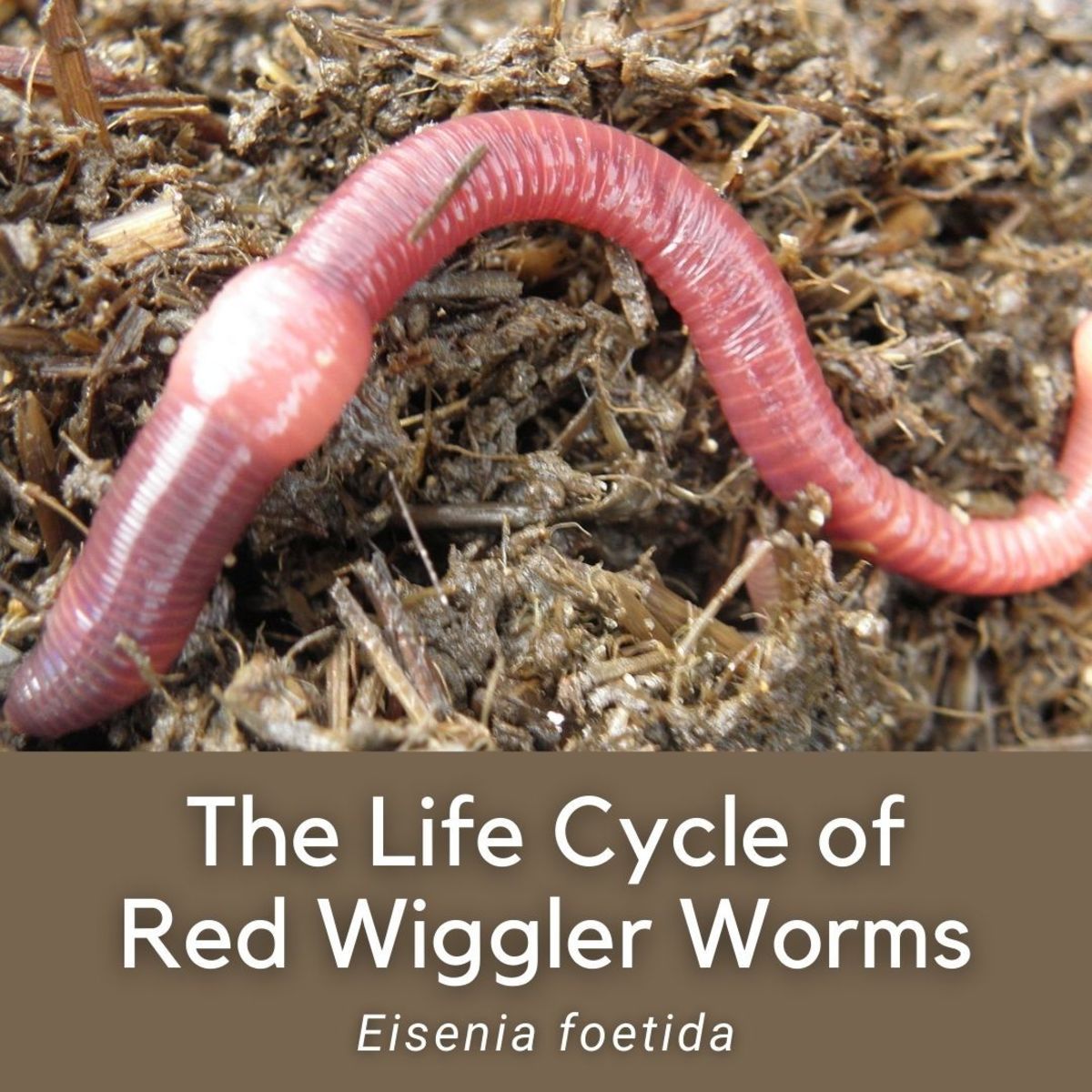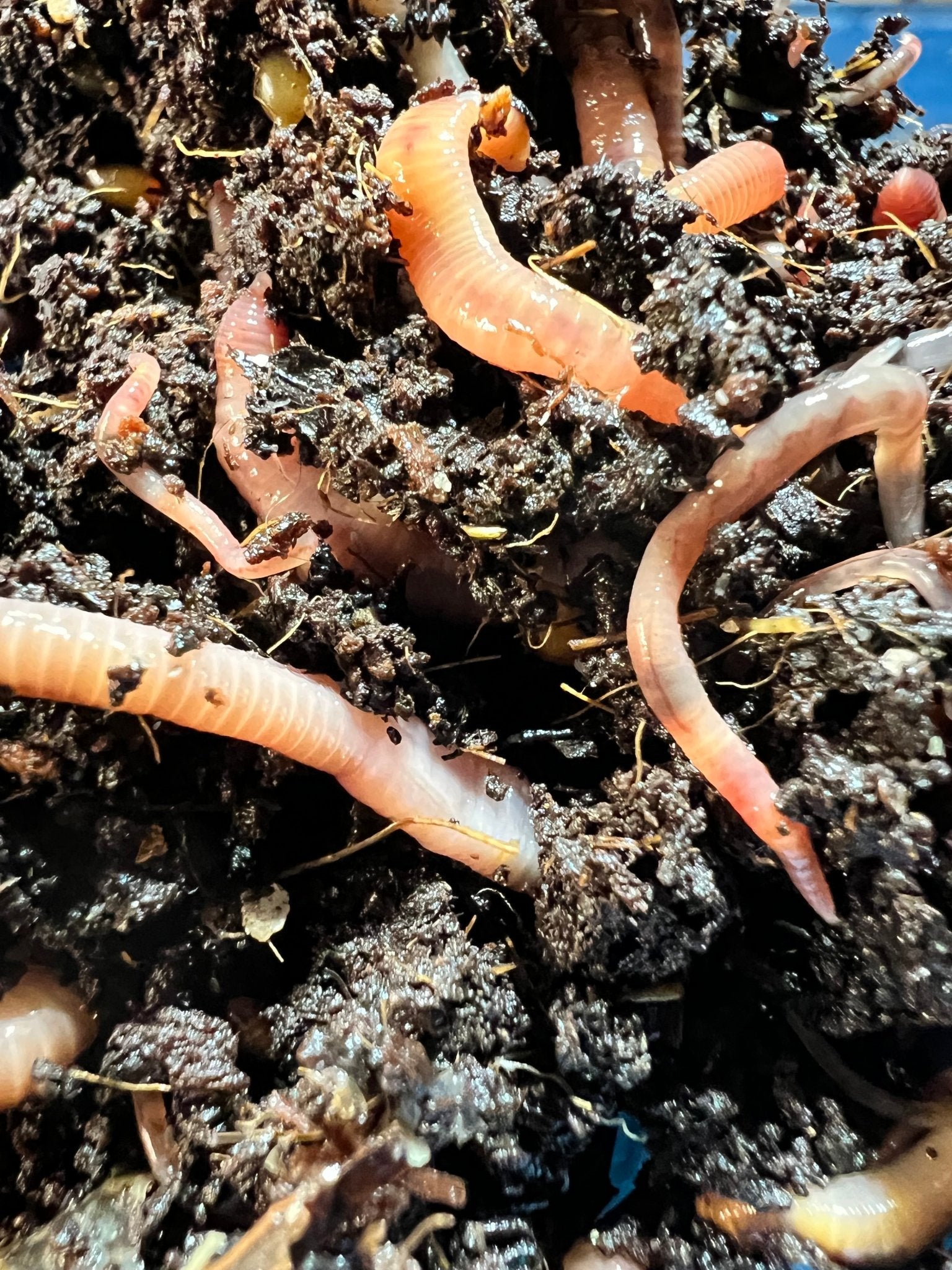Red Wiggler Worms - Boost Your Soil Health And Wellness Normally
Red Wiggler Worms - Boost Your Soil Health And Wellness Normally
Blog Article
Maximizing the Conveniences of Red Wiggler Worms: A Comprehensive Manual for Home Gardeners and Urban Farmers
In the world of lasting horticulture methods, red wiggler worms stand as unsung heroes, silently changing organic waste into nutrient-rich castings that can function marvels for soil wellness. By exploring the intricacies of exactly how to successfully care for and maximize the benefits of red wiggler worms, individuals can open a wealth of opportunities for improving the sustainability and productivity of their horticulture ventures.
Comprehending Red Wiggler Worms
Red Wiggler worms, renowned for their reliable composting capacities, are a types of earthworms widely used in vermiculture practices. These worms, clinically recognized as Eisenia fetida, thrive in rotting organic material, making them optimal prospects for composting.
One trick characteristic of Red Wiggler worms is their reproductive price. These hermaphroditic animals have both women and male reproductive organs, permitting them to replicate rapidly under desirable problems. A fully grown Red Wiggler can produce numerous spawn in a brief period, making sure a constant population within a composting system.

Establishing a Worm Bin
When establishing a worm container for vermiculture functions, proper prep work and interest to information are necessary for creating a favorable atmosphere for Red Wiggler worms. Begin by picking an appropriate container for your worm bin. This can be a plastic or wood container with a cover to maintain wetness levels and safeguard the worms from light. Ensure that the container has water drainage holes at the bottom to protect against waterlogging.

Place the worm container in an amazing, dark place away from straight sunlight and extreme temperature levels. Frequently check the wetness degrees, including water if the bed linen really feels flaky or dry. Feed the worms a balanced diet plan of fruit and veggie scraps, staying clear of citrus fruits, onions, and spicy foods. By adhering to these steps, you can establish up a prospering worm bin that will successfully refine natural waste right into nutrient-rich vermicompost for your yard.
Feeding and Preserving Worms
Guaranteeing a nourishing and balanced diet regimen is important for the health and wellness and efficiency of Red Wiggler worms in a vermiculture system. Red Wigglers are ravenous eaters, qualified of eating their own body weight in natural issue daily. To keep a growing worm population, it is necessary to give them with a variety of food scraps such as fruit and veggie peels, coffee grounds, tea bags, and crushed eggshells. Nevertheless, it is very important to prevent feeding them citrus fruits, onions, garlic, milk items, meat, and oily foods as these can be damaging to the worms or cause undesirable smells in the bin.
Appropriate wetness levels are additionally important for the well-being of Red Wiggler worms. The bedding ought to feel like a damp sponge, supplying adequate wetness for the worms to breathe through their skin. On a regular basis examine the dampness levels and adjust by including water or dry bed linen product as required. Furthermore, keeping proper temperature level problems in between 55-77 ° F(13-25 ° C )will ensure optimal worm task and reproduction. By faithfully checking their diet plan, dampness, and environmental problems, home garden enthusiasts and urban farmers can maintain a efficient and healthy and balanced Red Wiggler worm populace for composting Visit This Link objectives.
Gathering Worm Spreadings
To successfully extract nutrient-rich worm spreadings from the vermicompost, an organized harvesting process is essential for maximizing the composting advantages. Red Wiggler Worms. The initial action in harvesting worm castings is to urge the worms to migrate away of the container. This can be achieved by positioning fresh food scraps on one side and leaving the various other side undisturbed for a few days. Once the bulk of worms have actually moved to the side with fresh food, the spreadings can be collected from the opposite side.
After the spreadings have actually been collected, it is necessary to separate any type of continuing to be worms from the spreadings to avoid harming them during storage or application. One effective method is to produce cone-shaped heaps of spreadings under brilliant light. Worms will intuitively move away from the light, enabling easy separation and elimination.
Finally, the harvested worm castings click for more info need to be kept in a cool, dark, and completely dry area to maintain their quality and efficiency as a nutrient-rich dirt change. By adhering to these steps, home gardeners and city farmers can make best use of the advantages of red wiggler worms in their vermicomposting systems.
Using Worm Castings in Gardening
The incorporation of nutrient-rich worm spreadings into yard soil can dramatically enhance plant development and total dirt wellness. Worm castings, also called vermicast, are a natural fertilizer created by red wiggler worms as they break down raw material. These spreadings are rich in necessary nutrients like nitrogen, phosphorus, potassium, and valuable microorganisms that advertise plant growth and enhance dirt structure.
When making use of worm castings in gardening, it is necessary to mix them completely right into the soil or utilize them as a top clothing around plants. The slow-release nature of worm castings guarantees a steady supply of nutrients to plants in time, lowering the danger of nutrient leaching and promoting long-lasting soil fertility. Furthermore, worm spreadings help improve soil oygenation, water retention, and microbial task, creating a healthy and balanced setting for find more information plant origins to grow.

Final Thought
In verdict, the usage of red wiggler worms in home horticulture and metropolitan farming can dramatically profit soil wellness and plant development. By recognizing how to set up and preserve a worm container, feed the worms properly, and collect their nutrient-rich castings, gardeners can take full advantage of the benefits of these earthworms. Including worm castings right into horticulture techniques can enhance dirt fertility and overall plant productivity. Generally, red wiggler worms use a reliable and sustainable remedy for improving garden and farm returns.
In the realm of lasting horticulture practices, red wiggler worms stand as unhonored heroes, silently changing organic waste into nutrient-rich castings that can work marvels for soil health and wellness.When establishing a worm container for vermiculture objectives, correct prep work and interest to information are vital for developing a favorable setting for Red Wiggler worms. The initial step in harvesting worm spreadings is to urge the worms to move to one side of the bin. Worm spreadings, also known as vermicast, are a natural plant food produced by red wiggler worms as they break down natural issue. By understanding just how to establish up and keep a worm container, feed the worms correctly, and collect their nutrient-rich spreadings, gardeners can make the most of the advantages of these earthworms.
Report this page